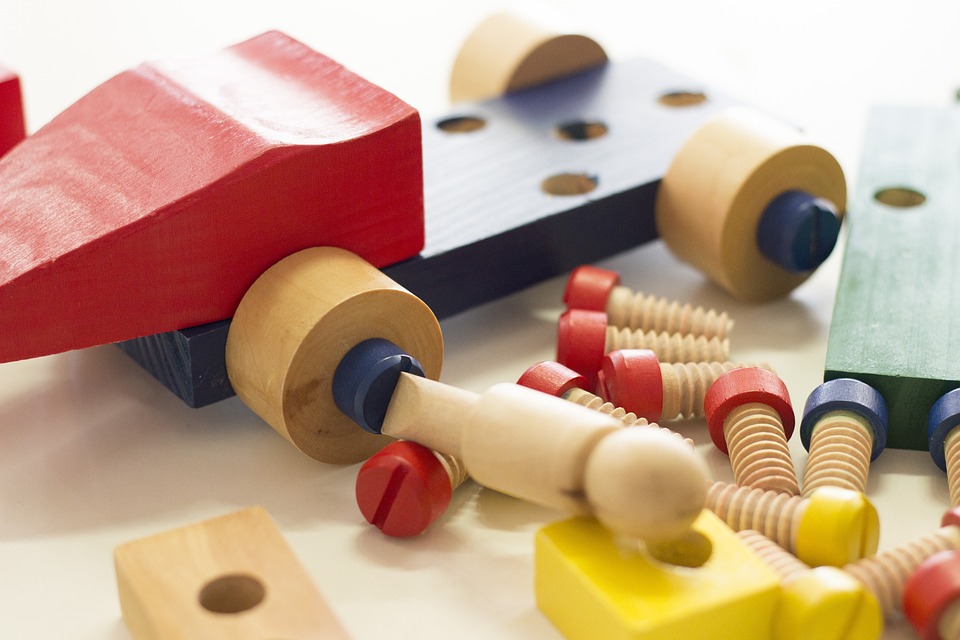As a parent, nothing can prepare you for the challenges that come with a child’s diagnosis of craniosynostosis. It’s a condition where one or more of the fibrous sutures in an infant skull prematurely fuses, causing problems with normal brain and skull growth.
My own journey with craniosynostosis began when my daughter was diagnosed at just a few months old. The news was overwhelming, to say the least. I had so many questions and fears, and I struggled to find resources and support that spoke to the emotional and practical aspects of navigating this condition as a parent.
Understanding Craniosynostosis
It’s important to understand that craniosynostosis is not as rare as you might think. In fact, it affects approximately 1 in every 2,000 to 2,500 infants. It can be caused by a combination of genetic and environmental factors, but in many cases, the exact cause is unknown.
There are different types of craniosynostosis, and the treatment approach may vary depending on the specific sutures involved and the severity of the condition. Surgery is often required to correct the premature fusion and allow for normal skull and brain development.
Emotional Impact
As a mother, the emotional impact of my daughter’s diagnosis was immense. I felt a range of emotions, from guilt and fear to sadness and anxiety. It’s okay to acknowledge these feelings and seek support from friends, family, or a professional counselor. You are not alone in this journey, and it’s important to take care of your own emotional well-being.
Practical Challenges
Practically, navigating craniosynostosis meant juggling medical appointments, surgeries, and ongoing follow-up care. It meant educating myself about the condition and being an advocate for my daughter within the healthcare system. It meant finding a balance between meeting her medical needs and allowing her to have a normal, happy childhood.
Support and Resources
One of the biggest lessons I learned was the importance of seeking out support and resources. Whether it was connecting with other parents who had been through similar experiences, finding online communities, or accessing reliable information from medical professionals, having a network of support was invaluable.
It’s also crucial to work closely with your child’s healthcare team to ensure they are receiving the best possible care. Don’t be afraid to ask questions, seek second opinions, and advocate for your child’s needs.
Conclusion
Navigating craniosynostosis as a mother has been a journey filled with challenges, but it has also been a journey filled with love, strength, and resilience. If you’re facing a similar situation, know that it’s okay to have moments of uncertainty and fear, but also know that you are capable of navigating this journey with courage and grace.
FAQ
What are the symptoms of craniosynostosis?
Symptoms may include an abnormal head shape, a hard ridge along the affected suture, developmental delays, and increased intracranial pressure.
How is craniosynostosis treated?
Treatment typically involves surgery to release the fused suture and allow for normal skull growth. The specific approach and timing of surgery will depend on the individual case.
Is there support available for parents of children with craniosynostosis?
Yes, there are organizations, support groups, and online communities dedicated to providing support, resources, and information for parents navigating craniosynostosis.
[ad_2]
















コメント